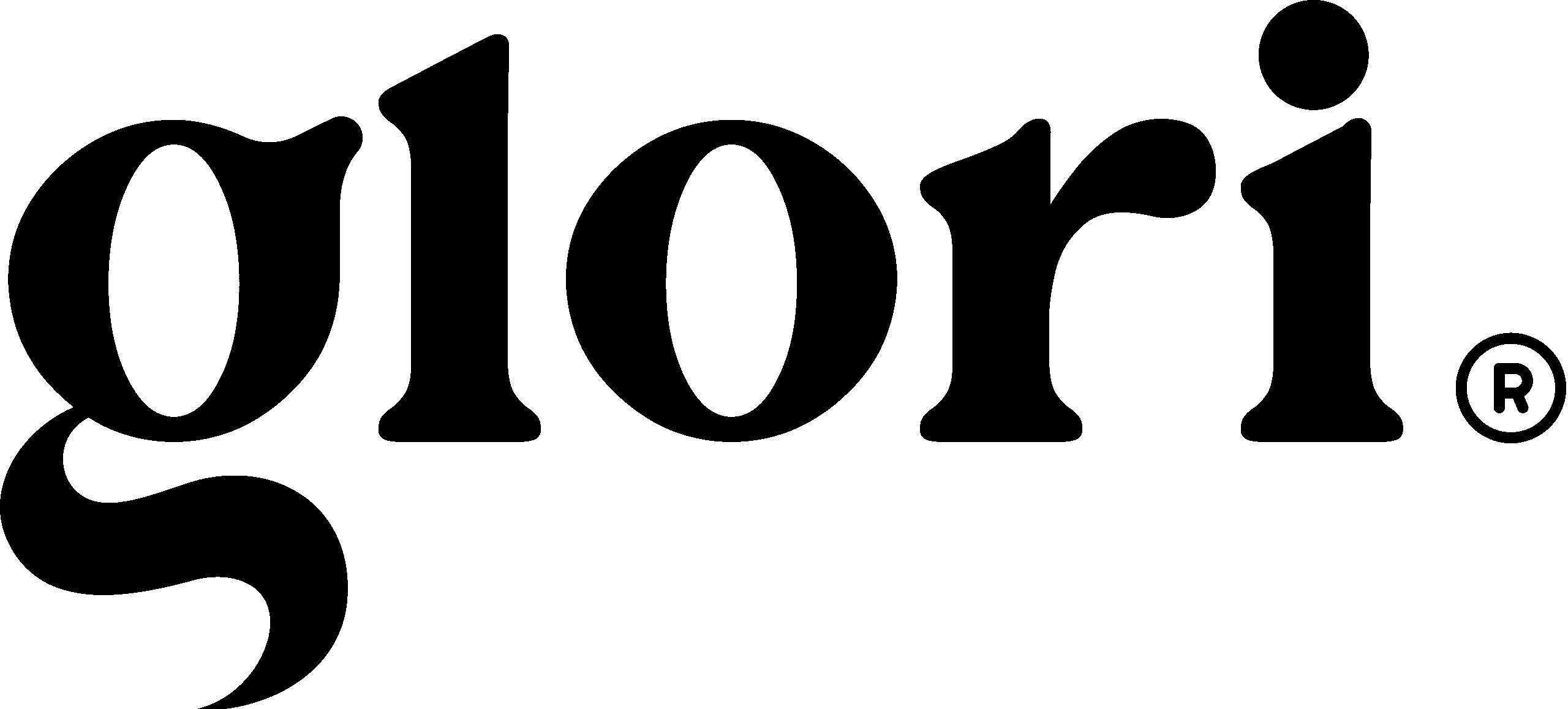
When it comes to selling online courses, one strategy consistently outperforms social media ads, influencer campaigns, and organic posts: email marketing.
Why? Because email is direct, personal, and effective. Your audience may scroll past your posts, but they check their inbox daily. For course creators, mastering email marketing means building stronger relationships, increasing trust, and driving more enrollments.
In this guide, we’ll break down what actually works for course creators—and how you can start today.
Why Email Marketing Matters for Course Creators
-
Ownership – Unlike social platforms, you own your email list. Algorithms can’t limit your reach.
-
Higher Conversions – Studies show email drives more sales per dollar than social media.
-
Relationship Building – Emails feel more personal, helping you connect deeply with students.
-
Scalability – Once set up, automations work 24/7 to nurture and convert leads.
👉 Example: A fitness coach with 2,000 engaged email subscribers can generate consistent course sales without spending a cent on ads.
Proven Email Marketing Strategies
1. Lead Magnets: Attracting Subscribers
The first step is growing your list with something valuable. A lead magnet is a free resource you give away in exchange for an email address.
Ideas for course creators:
-
A free mini-course
-
A downloadable checklist or PDF guide
-
A webinar replay
-
A quiz that delivers personalized results
👉 Example: A photography instructor could offer a free “Top 10 Camera Settings for Beginners” guide to attract aspiring photographers.
2. Welcome Sequences: Building Trust
Once someone joins your list, don’t just send them random updates. Guide them with a welcome sequence—a series of 3–5 emails designed to build connection.
Sample sequence for a course creator:
-
Welcome & Freebie – Deliver the lead magnet and introduce yourself.
-
Your Story – Share why you created your course and your teaching style.
-
Quick Win – Offer a tip or mini-lesson to showcase your expertise.
-
Social Proof – Share testimonials or results from past students.
-
Soft Pitch – Gently introduce your course and how it helps.
3. Storytelling: Keeping Engagement High
Facts tell, but stories sell. Use storytelling in your emails to connect with your audience.
Story ideas:
-
Share a personal struggle and how you overcame it (related to your course topic).
-
Highlight a student success story.
-
Explain a lesson you learned that your students can benefit from.
👉 Example: Instead of saying “My course will help you learn coding fast,” share the story of a student who went from zero knowledge to landing their first developer job in 6 months.
4. Segmentation: Sending the Right Message
Not every subscriber is the same. Some are beginners, some advanced, and some are just browsing. Segmentationallows you to group people based on their interests or actions.
Ways to segment your list:
-
By course topic interest (e.g., writing vs. marketing).
-
By behavior (clicked a link, downloaded a resource, etc.).
-
By stage (new subscriber vs. repeat student).
👉 Example: If you teach both graphic design and video editing, segment your list so designers only get design-focused emails, while video editors get editing tips.
5. Automation: Selling While You Sleep
One of email’s biggest advantages is automation. You can set up emails that trigger automatically based on user actions.
Examples of automated workflows:
-
Cart Abandonment – If someone starts to buy your course but doesn’t finish, send a reminder email.
-
Engagement Triggers – If a subscriber clicks on multiple links, send them a tailored pitch.
-
Course Completion – After a student finishes one course, automatically recommend the next.
👉 Tools like ConvertKit, ActiveCampaign, or MailerLite make setting these up simple.
6. Promotions: Driving Enrollments
At the end of the day, your emails should sell your course. The key is to promote strategically without spamming.
Effective promotional email ideas:
-
Early Bird Offer – Give your list first access at a discount.
-
Countdown Emails – Create urgency with limited-time deals.
-
Bonus Stacking – Add exclusive bonuses (like coaching calls or templates) for those who buy during launch week.
-
Case Study Email – Showcase a student success story tied directly to your course.
👉 Example: A productivity coach might run a “48-hour launch special” where buyers get extra templates if they enroll within two days.
Email Ideas for Course Creators
Here are some practical email prompts you can use right away:
-
Tip of the Week: Share a quick win related to your topic.
-
Behind the Scenes: Show your audience what goes into making your course.
-
My Biggest Mistake: Share a lesson learned the hard way and what students can take from it.
-
Student Spotlight: Feature a success story from a past learner.
-
Resource Roundup: Recommend books, tools, or articles you love.
-
Mini-Challenge: Encourage subscribers to take one small action this week.
Best Practices for Email Marketing
-
Be consistent – Send at least once per week to stay top of mind.
-
Prioritize value – 80% of emails should educate or entertain, 20% should sell.
-
Write like a human – Conversational, friendly emails perform best.
-
Use strong subject lines – Short, curiosity-driven, and clear.
-
Track performance – Monitor open rates, click rates, and conversions.
-
Always include a call-to-action – Even if it’s just “reply and let me know.”
Final Thoughts
Email marketing isn’t about blasting promotions—it’s about building relationships and guiding your audience from curious subscriber to loyal student.
By using lead magnets, welcome sequences, storytelling, segmentation, automation, and smart promotions, course creators can create a powerful sales engine that runs in the background.
Start with one step today—create a free resource, write your first welcome email, or set up a simple automation. The sooner you begin, the faster your audience will grow, and the easier your next course launch will be.



